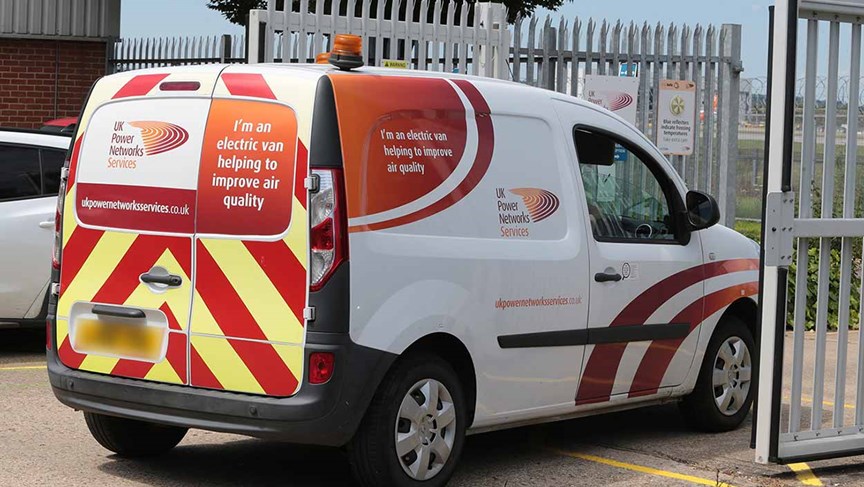Insight
A cuppa with Tony Whyman

We speak to our resident BIM (Building Information Modelling) expert Tony Whyman to understand the role of BIM in energy infrastructure projects, how technologies have evolved and the potential benefits BIM can deliver to clients looking to explore its application.
1. Tony, can you tell us what BIM is and what it is typically used for?
BIM or building information modelling refers to the process of collecting relevant project information with a full electronic sign off and storing that information within a single area known as the common data environment.
Capturing, storing and ensuring the integrity of information from a single source of truth gives us the ability to have access to a complete set of asset data for project planning, construction, handover and continued asset support.
For our work with Manchester Airport, we built a full 3D BIM model which combined information and diagrams from both our client and our construction partners. This gave us a highly accurate starting point to produce detailed design drawings.
2. How has BIM changed in recent years and what is the outlook for its application in future?
The ultimate goal of BIM is to recreate the real world in a digital format that you can easily interact with, and hopefully that digital world reacts as the real world does as well. The concept of a ‘digital twin’– the creation of an exact duplicate of an asset in the digital environment will enable us to fully understand, for example, how the introduction of any new asset might interact with its surroundings and services, before any work is started on the project construction phase. This provides levels of security from the safety of a digital device and allows us to deal with risks, issues or danger associated with a site pre-construction.
With our current DLR project, we are working closely with all parties involved to review all available information models. This enables us to clash-detect and resolve any issues found, especially with buried services, and interaction with proposed new cable, trenches, ducts and foundations. Existing site infrastructure is also reviewed and in some cases re-modelled to gain a clear picture of the new site arrangements. We have re-modelled existing site buildings with new equipment and cable runs which can be fully incorporated into the existing infrastructure and design. The effect of this has been to enable installation to take place more easily, leading to fewer programme delays and improved safety through design.
By visualising the planning and implementation of a project and its elements digitally, we can make changes swiftly and dynamically in a safe and efficient environment. Post-construction, BIM can also be used to support asset stewardship by providing accurate, real-time information to enable decision making.
3. Have there been particular applications that you find particularly exciting?
For me laser scanning and gathering the real world into a digital 3D world was the game changer. It gives you a far better and more accurate starting point to deliver a better project with very accurate information, especially when the laser scan is carried out throughout the project lifecycle. Nobody argues about accuracy with a laser scan.
From watching a model being built over time, to exploring and adding meta data needed to bring it to life and witnessing the satisfaction on the faces of team members when it all starts to work, has been an exciting journey. We learn more every day the more we do.
4. Why should companies consider using BIM and which types of industries or projects is BIM most suitable for?
BIM is suitable for any industry or project. It allows you to drive a project to a defined set of standards that have been adopted throughout the world, so this ensures consistency and the quality assurance we are all beginning to understand and expect. You are able to mandate and ensure a level of compliance that should provide an improved data and handover record for the future of any asset.
Any infrastructure project could and does improve with BIM, as it gives you a usable platform to build from, not just a set of as-built drawings or operation and maintenance manuals that may never be reviewed, until you start to make changes, by which time the data is out of date. Maintaining your data model is the key to delivering future asset success.
5. What kind of benefits can BIM deliver?
The most exciting areas that have yet to be fully explored are in asset management, as this is the area BIM has always been considered to give the biggest cost savings and whole life cycle benefits. With BIM, you will have access to the most up to date drawing or trustworthy document, and you can fully trace its history, revisions and sign off. This maintains a data legacy throughout the life cycle of the assets which will be key during the handover phase of projects or when assets have been decommissioned. BIM would have helped preserve important information and ensured business continuity even when projects have changed hands.
Explore our end-to-end energy solutions here.




